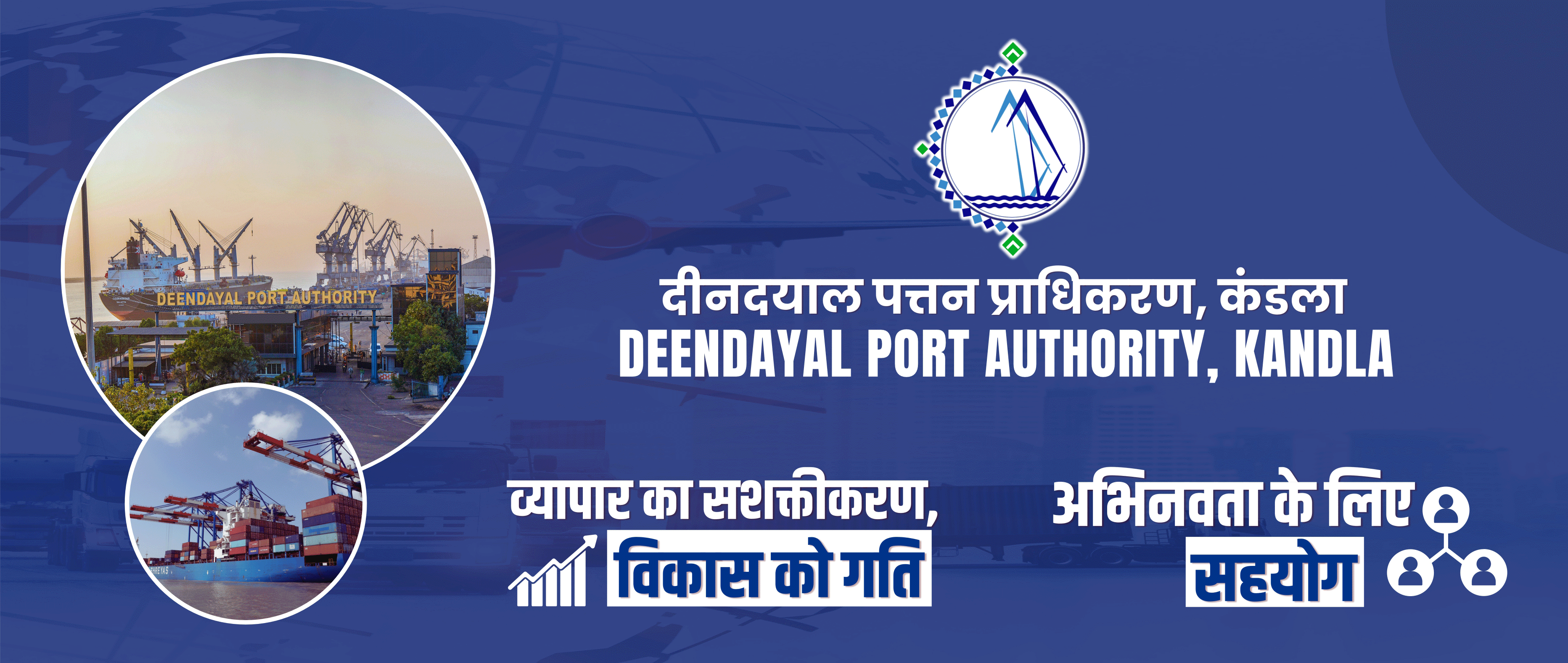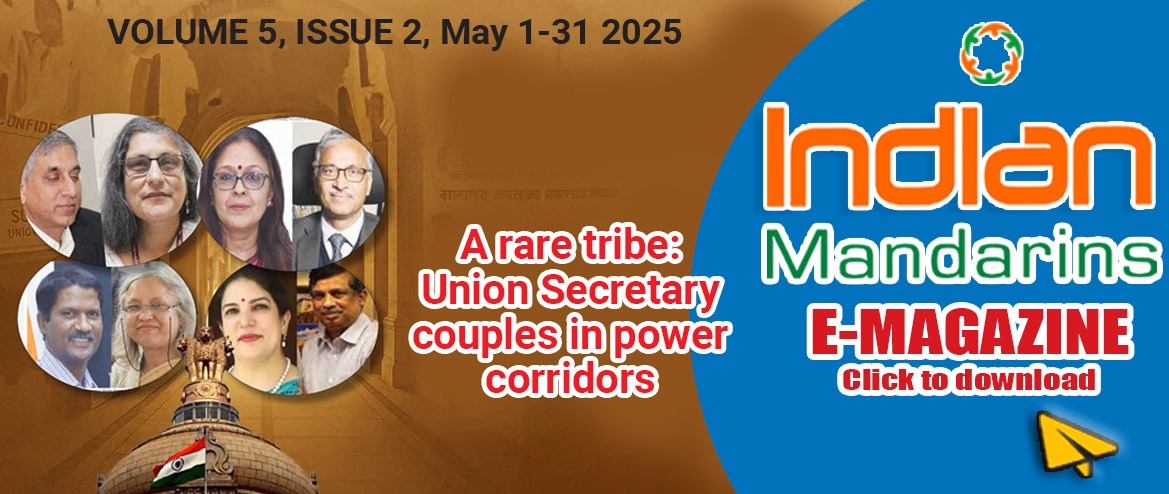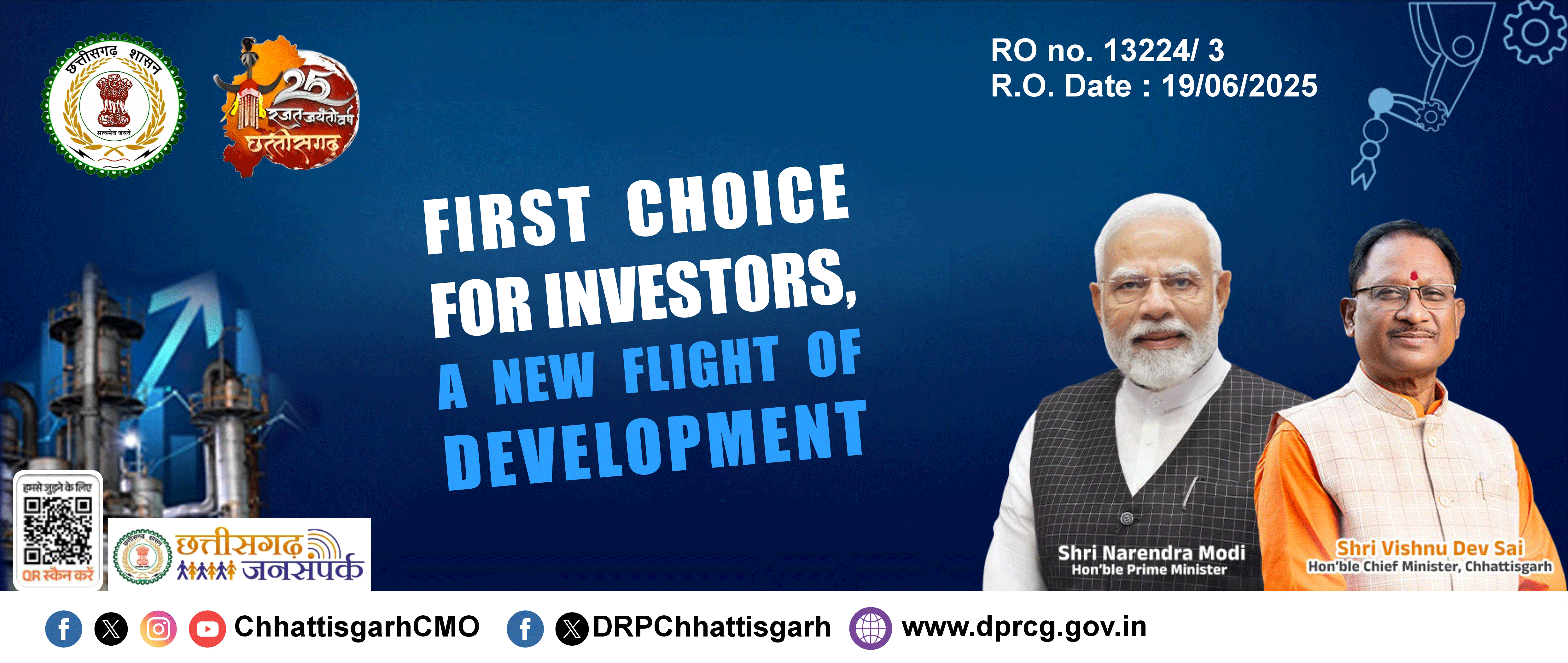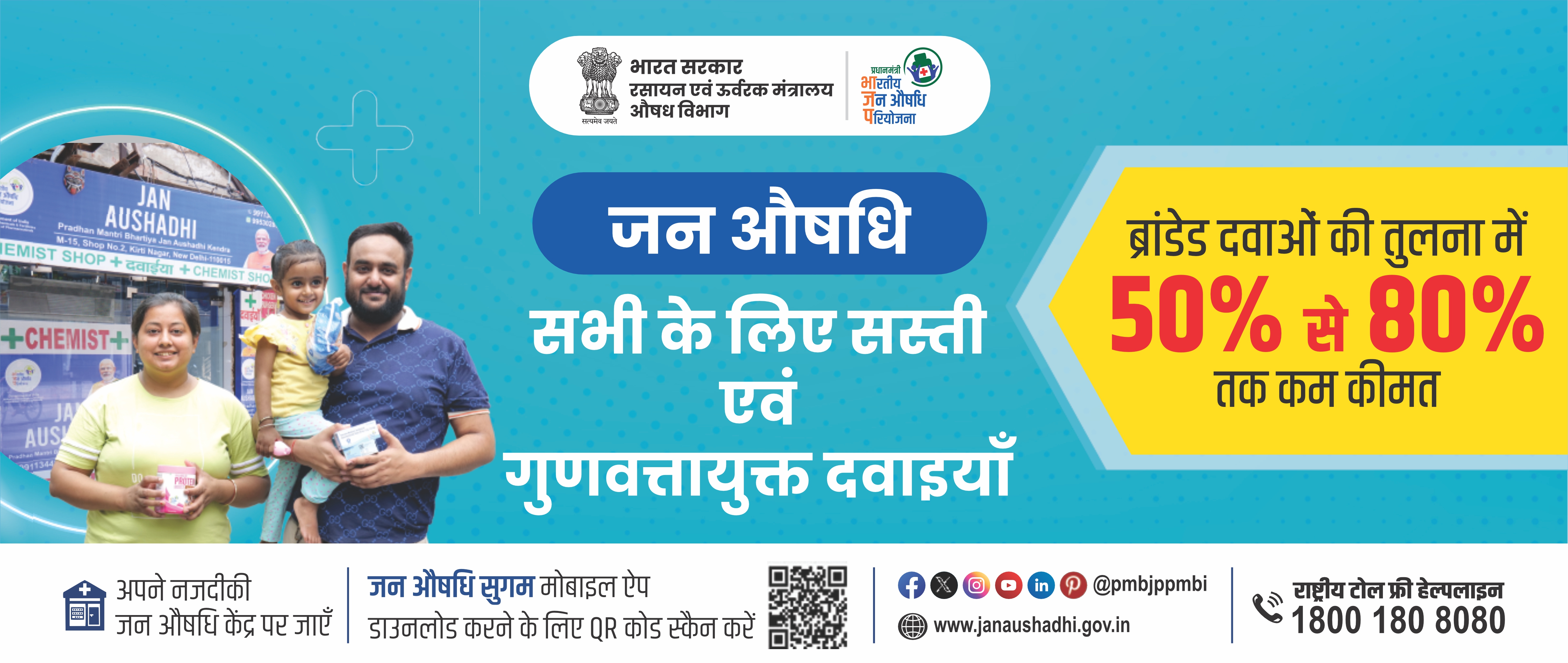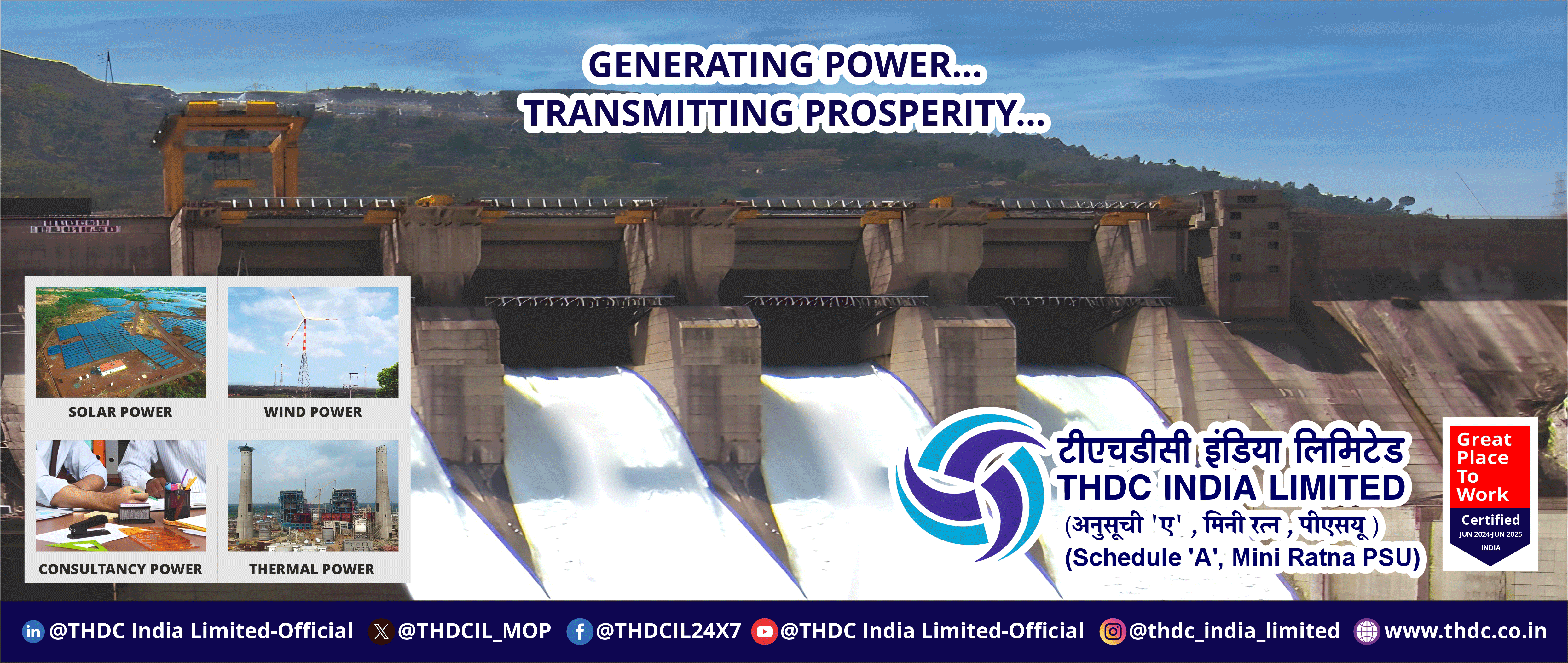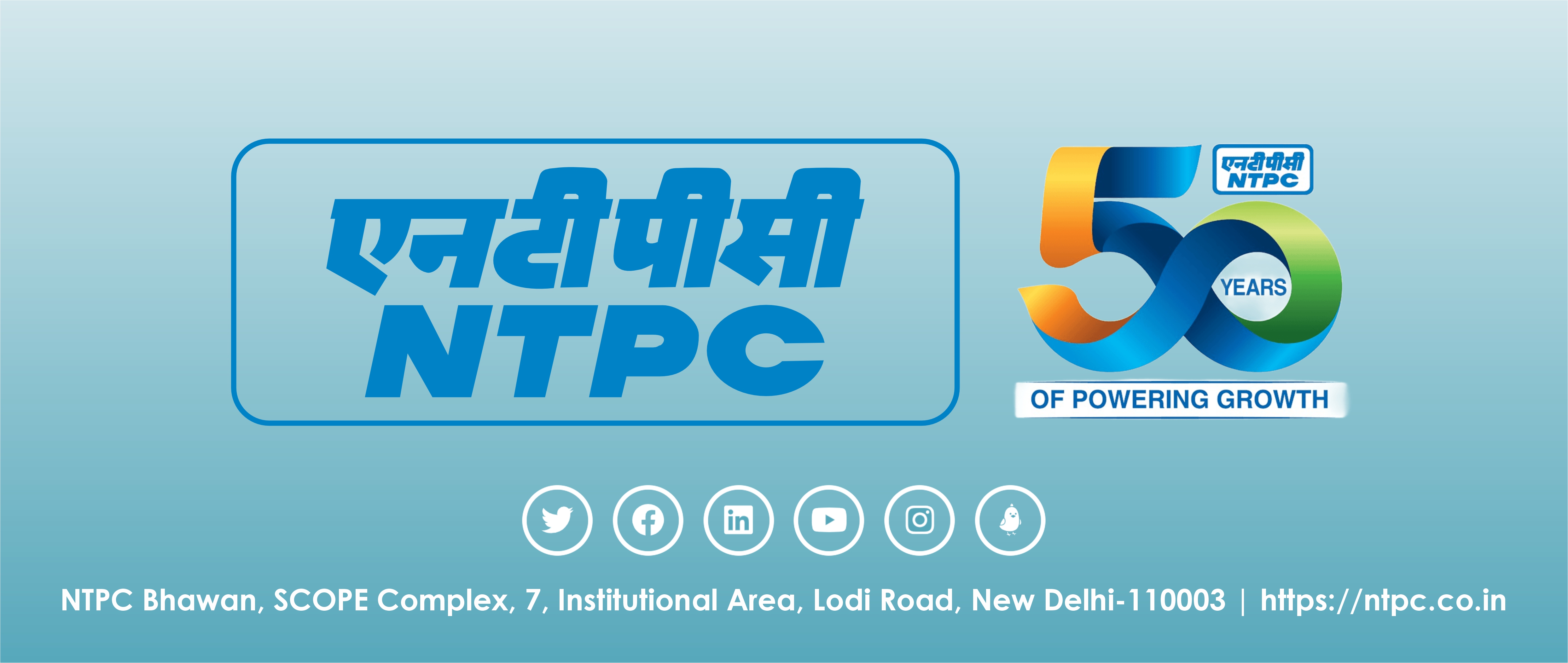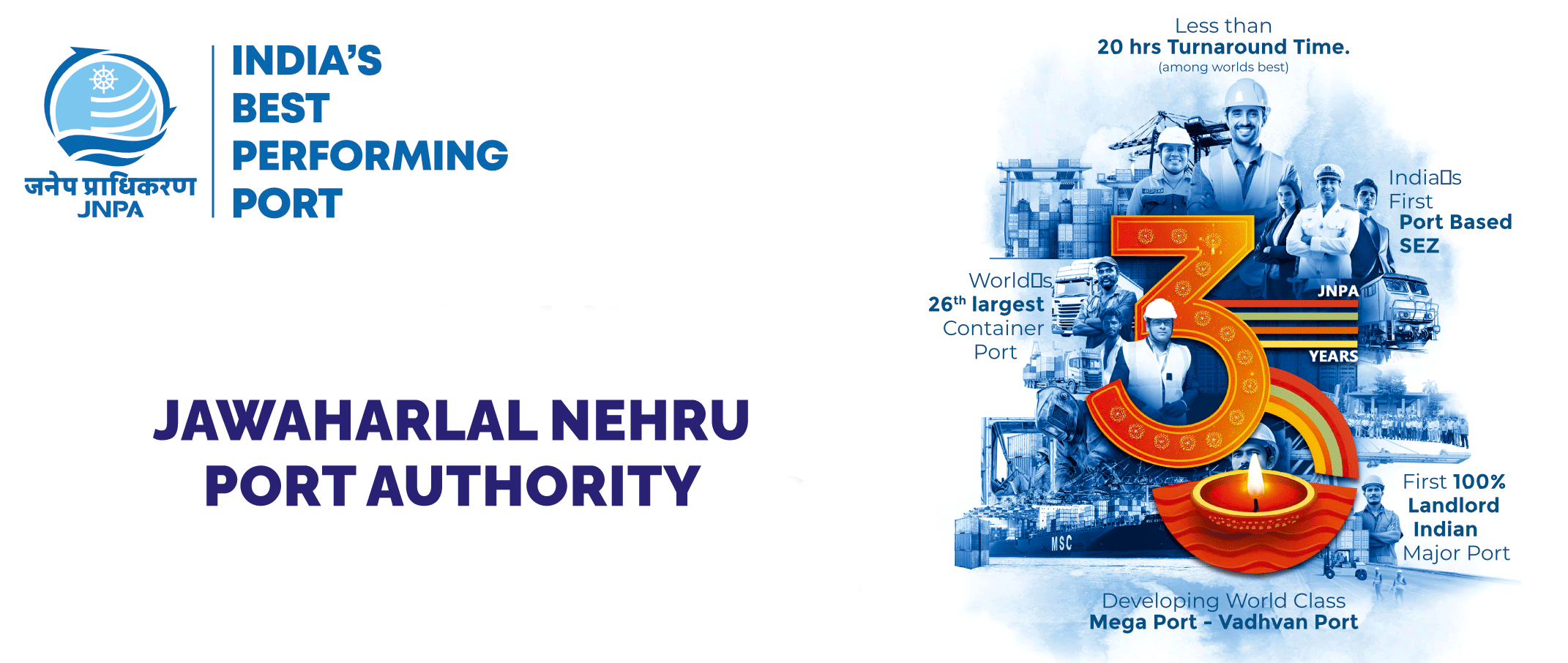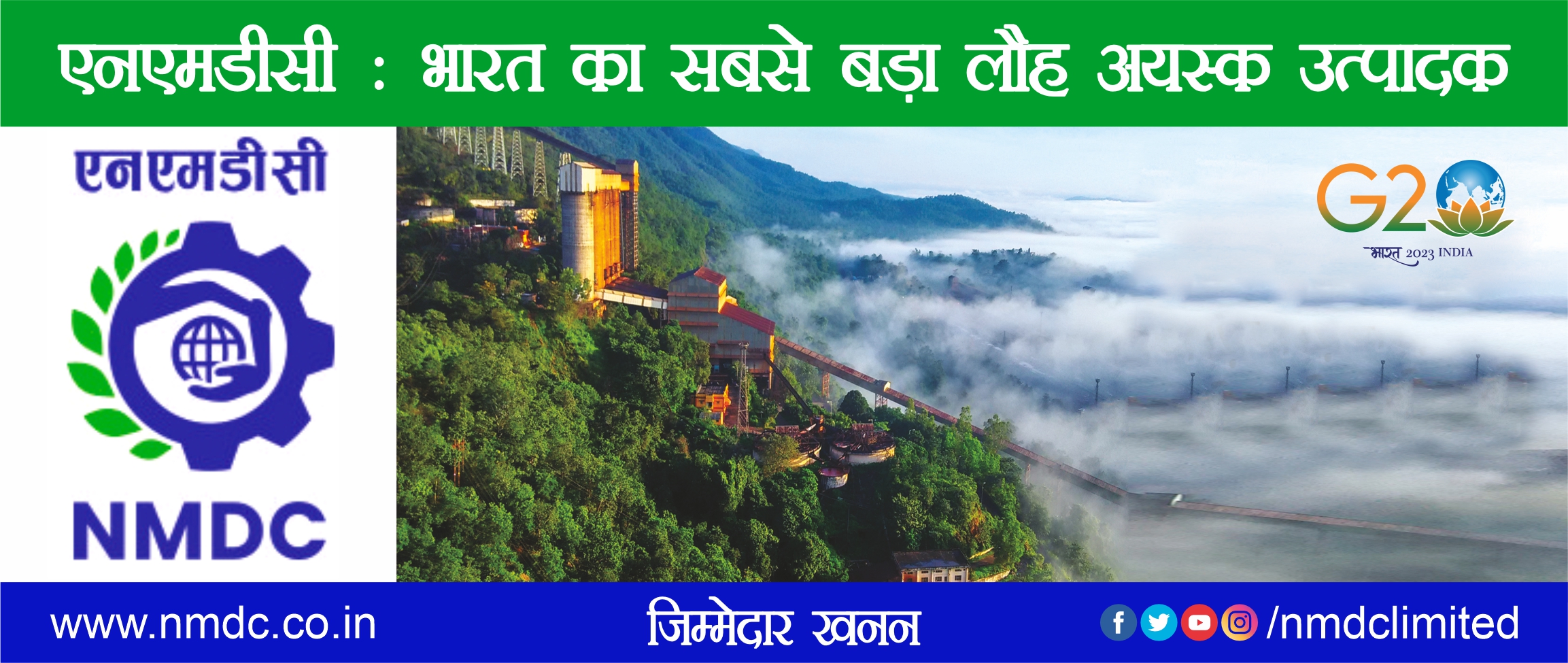TO RECIEVE EXCLUSIVE POSTS AND NEWS
As Prime Minister Narendra Modi gets
too involved and busy with planning for winning a series of elections
culminating in 2019 national election, big companies with the help of their
battery of lawyers and friendly judiciary, have turned to game the
implementation of Insolvency and Bankruptcy Code (IBC) 2016. This is making banks,
particularly those in the public sector, lose thousands of crores of rupees due
to delays in settling ongoing bankruptcy cases. And for this, during the ongoing
election muck-raking, the PM may well be blamed and accused of not streamlining
the functioning of NCLTs to benefit his 'capitalist cronies.' According to a research paper
prepared by the rating agency ICRA, banks have lost Rs. 4,000 crores in the
dozen high profile cases of huge defaults referred in the first phase at the
behest of the RBI in June 2017. Of these, only four cases have
been resolved so far. The rest remain unresolved though more than 450 days have
passed since being admitted by the NCLT. According to the IBC code, such cases
should not exceed 270 days as stipulated in the bankruptcy law. Â Surely, NCLT is increasingly
becoming like other courts of law where cases drag on for generations as if
time is of no consequence at all. Of the 816 on-going CIRPs as on
September 30, 2018, about 30% of them have already exceeded the 270-day
timeline which was supposed to be the maximum timeframe allowed for the
resolution process to be completed as per the IBC. Another 20% of the cases
have crossed the 180-day timeline. ICRA has observed that one of the
key reasons for the delays in the completion of the resolution process has been
the litigations filed by different parties, viz. existing promoters, dissenting
creditors or resolution applicants, with the NCLT or the NCLAT, and in some
cases, even the Supreme Court, thereby elongating the entire
process. In certain instances, the final
approval by the NCLT on the proposed resolution plan has also been delayed due
to the shortfall in the requisite bench strength to take up the matter in a
timely manner. Apart from the delays in closing the resolution process, there
have been challenges in the timely admission of a corporate debtor by the NCLT.
As per the IBC, the NCLT is
required to admit or reject an application against a corporate debtor within 14
days of its submission; however, given the significant number of applications
pending, the cases are taking significantly much longer time to be admitted by
the NCLT. “The number of corporate debtors
admitted by the NCLT but are yet to be resolved through the corporate
insolvency resolution process (CIRP) is growing steadily each quarter,†said
Abhishek Dafria, vice president & co-head, Corporate Ratings, ICRA, in the
research note. ICRA said to complete the
resolution process within timelines set for completion, the unclogging of NCLTs
should be a matter of priority. The number of NCLT benches has been eleven
since the IBC was introduced, whereas the number of cases being referred to the
NCLT has been leapfrogging. The judicial strength, thus, has
to be increased in a manner proportionate to the increase in the number of
applications being filed to the NCLT under IBC, the rating company said. ICRA believes that reducing the
timelines for completion of the resolution process remains of utmost importance
to strengthen the IBC. To achieve the same, the unclogging of NCLTs should be a
matter of priority. The number of NCLT benches has remained at eleven since the
IBC was introduced, whereas the number of cases being referred to the NCLT has
been gaining momentum. The judicial strength thus has to
be increased in a manner proportionate to the increase in the number of
applications being filed to the NCLT under IBC. In a step in the right
direction, the GoI has recently empowered the Registrar of Companies (RoC) to
impose penalties for certain violations of the Companies Act, thus removing the
need to go to the NCLT which in turn would reduce the burdens on the latter. On a similar note, the current
minimum threshold limit of one lakh rupees for approaching the NCLT could be
relooked at. Given the current situation, the current NCLT benches could be
restricted to deal with corporate debtors defaulting on a higher amount, say
more than a crore rupees. With the subsequent expansion of the NCLT benches,
the threshold limit could be suitably reduced. Also, while the IBC aims to
introduce liquidation as a last resort for resolution, one cannot ignore the
high proportion of corporate debtors entering into liquidation out of the total
resolved cases. As on September 30, 2018, 212 cases had been resolved through
liquidation as compared to only 52 cases where a resolution plan was approved. As per ICRA’s analysis, the
average duration from the date of admission to the date of approval of the
resolution plan to move the company to liquidation by the NCLT has been about
260 days for the cases completed till now which could be shortened. Some of
these entities were already non-operational when being reported to the NCLT,
and the delays in the process only further deteriorate the asset value. In
fact, for about 60 companies, the entire resolution process after the admission
of the application by the NCLT took more than 300 days. Thus, based on the
judgment of the resolution professional, there could be a case for hastening
the pace of resolution for cases where there has been no interest shown by
potential bidders.
The IBC aims to introduce
liquidation as a last resort for resolution while the proportion of corporate
debtors entering into liquidation remains high. As on September 30, 2018, 212 cases have been
resolved through liquidation compared to only 52 cases where a resolution plan
was approved, the ICRA data showed.Â
Readers' Choice
Bihar Chief Secretary may get service extension Just now
Rajasthan Govt recommends halting pension of IAS officer in wheat scam case 41 minutes ago
Neeraj Mandloi is new ACS to Chief Minister, IAS reshuffle includes nine officers 4 hours ago
RK Sharma takes charge as DGP 03 Jul 2025
Bihar’s Revenue Secretary may resign to contest Assembly election 03 Jul 2025
Sabotaging of IBC code
By IndianMandarins - 2018-11-15 12:15:56

As Prime Minister Narendra Modi gets
too involved and busy with planning for winning a series of elections
culminating in 2019 national election, big companies with the help of their
battery of lawyers and friendly judiciary, have turned to game the
implementation of Insolvency and Bankruptcy Code (IBC) 2016.
This is making banks, particularly those in the public sector, lose thousands of crores of rupees due to delays in settling ongoing bankruptcy cases. And for this, during the ongoing election muck-raking, the PM may well be blamed and accused of not streamlining the functioning of NCLTs to benefit his 'capitalist cronies.'
According to a research paper prepared by the rating agency ICRA, banks have lost Rs. 4,000 crores in the dozen high profile cases of huge defaults referred in the first phase at the behest of the RBI in June 2017.
Of these, only four cases have been resolved so far. The rest remain unresolved though more than 450 days have passed since being admitted by the NCLT. According to the IBC code, such cases should not exceed 270 days as stipulated in the bankruptcy law.
Â
Surely, NCLT is increasingly becoming like other courts of law where cases drag on for generations as if time is of no consequence at all.
Of the 816 on-going CIRPs as on September 30, 2018, about 30% of them have already exceeded the 270-day timeline which was supposed to be the maximum timeframe allowed for the resolution process to be completed as per the IBC. Another 20% of the cases have crossed the 180-day timeline.
ICRA has observed that one of the key reasons for the delays in the completion of the resolution process has been the litigations filed by different parties, viz. existing promoters, dissenting creditors or resolution applicants, with the NCLT or the NCLAT, and in some cases, even the Supreme Court, thereby elongating the entire process.
In certain instances, the final approval by the NCLT on the proposed resolution plan has also been delayed due to the shortfall in the requisite bench strength to take up the matter in a timely manner. Apart from the delays in closing the resolution process, there have been challenges in the timely admission of a corporate debtor by the NCLT.
As per the IBC, the NCLT is required to admit or reject an application against a corporate debtor within 14 days of its submission; however, given the significant number of applications pending, the cases are taking significantly much longer time to be admitted by the NCLT.
“The number of corporate debtors admitted by the NCLT but are yet to be resolved through the corporate insolvency resolution process (CIRP) is growing steadily each quarter,†said Abhishek Dafria, vice president & co-head, Corporate Ratings, ICRA, in the research note.
ICRA said to complete the resolution process within timelines set for completion, the unclogging of NCLTs should be a matter of priority. The number of NCLT benches has been eleven since the IBC was introduced, whereas the number of cases being referred to the NCLT has been leapfrogging.
The judicial strength, thus, has to be increased in a manner proportionate to the increase in the number of applications being filed to the NCLT under IBC, the rating company said.Â
The IBC aims to introduce
liquidation as a last resort for resolution while the proportion of corporate
debtors entering into liquidation remains high. As on September 30, 2018, 212 cases have been
resolved through liquidation compared to only 52 cases where a resolution plan
was approved, the ICRA data showed.Â
ICRA believes that reducing the timelines for completion of the resolution process remains of utmost importance to strengthen the IBC. To achieve the same, the unclogging of NCLTs should be a matter of priority. The number of NCLT benches has remained at eleven since the IBC was introduced, whereas the number of cases being referred to the NCLT has been gaining momentum.
The judicial strength thus has to be increased in a manner proportionate to the increase in the number of applications being filed to the NCLT under IBC. In a step in the right direction, the GoI has recently empowered the Registrar of Companies (RoC) to impose penalties for certain violations of the Companies Act, thus removing the need to go to the NCLT which in turn would reduce the burdens on the latter.
On a similar note, the current minimum threshold limit of one lakh rupees for approaching the NCLT could be relooked at. Given the current situation, the current NCLT benches could be restricted to deal with corporate debtors defaulting on a higher amount, say more than a crore rupees. With the subsequent expansion of the NCLT benches, the threshold limit could be suitably reduced.
Also, while the IBC aims to introduce liquidation as a last resort for resolution, one cannot ignore the high proportion of corporate debtors entering into liquidation out of the total resolved cases. As on September 30, 2018, 212 cases had been resolved through liquidation as compared to only 52 cases where a resolution plan was approved.
As per ICRA’s analysis, the average duration from the date of admission to the date of approval of the resolution plan to move the company to liquidation by the NCLT has been about 260 days for the cases completed till now which could be shortened. Some of these entities were already non-operational when being reported to the NCLT, and the delays in the process only further deteriorate the asset value. In fact, for about 60 companies, the entire resolution process after the admission of the application by the NCLT took more than 300 days. Thus, based on the judgment of the resolution professional, there could be a case for hastening the pace of resolution for cases where there has been no interest shown by potential bidders.





